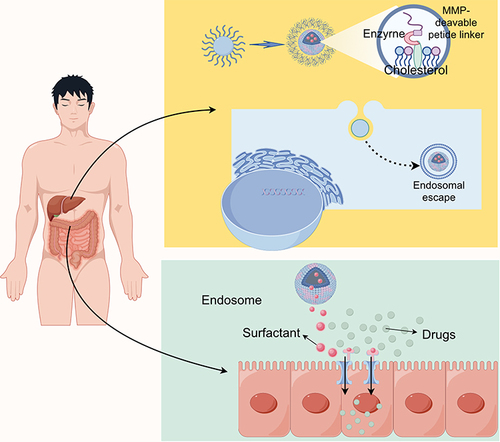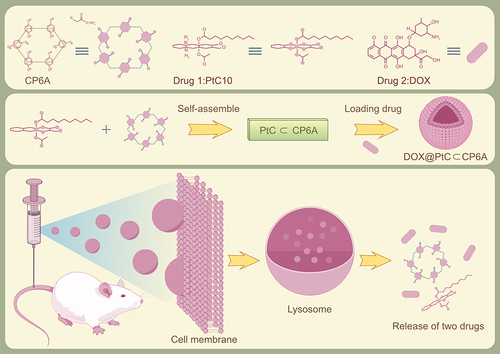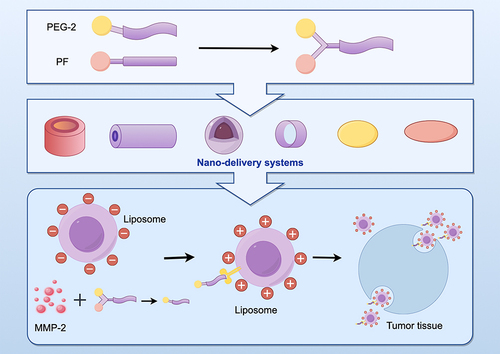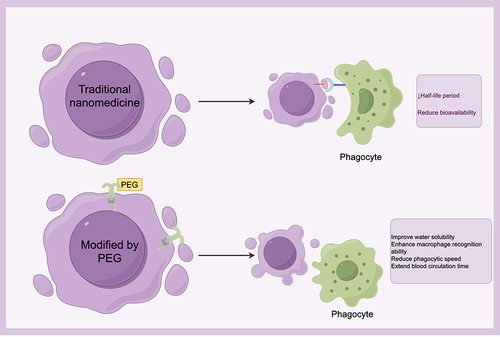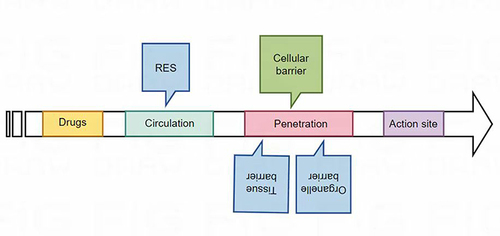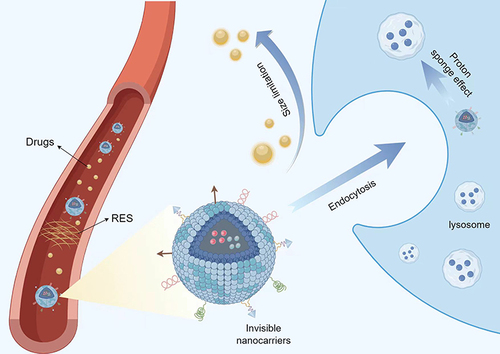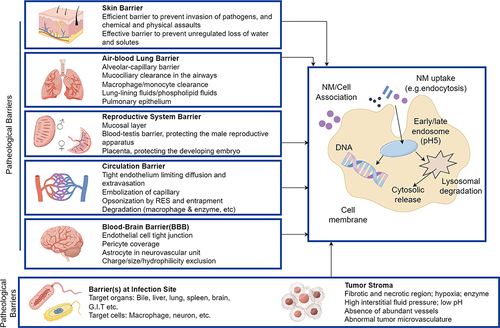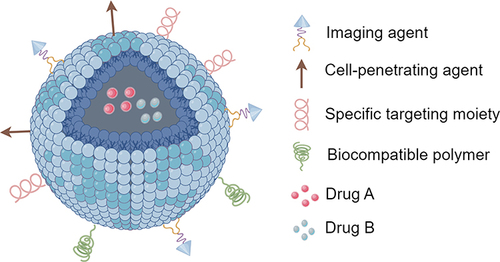Figures & data
Figure 1 Biopharmaceutics Classification System (BCS) and Feasible Formulation Choices Based on BCS.
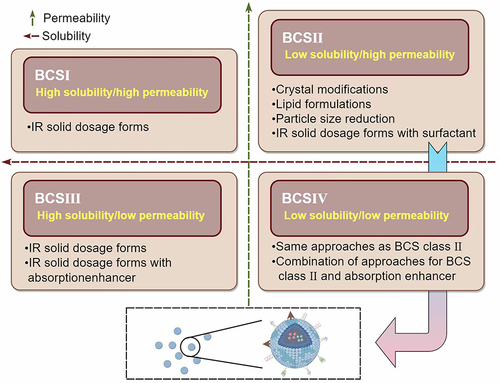
Figure 2 The Basic Principles of Nanodrug Delivery Systems. (A) Working Principles of Nanodrug Delivery Systems. (B) Two structures of liposomes:SLN and NLC. (C) The absorption process of nanodrug delivery systems using SLN as carriers to encapsulate TKIs in the gastrointestinal tract. (D) The advantages of NLC as a carrier for Northaritin. (E) Polymer micelles and vesicles. (F) FA-PGA-PTX micelles can selectively enter FR positive cancer cells through receptor mediated endocytosis. (G) Structural basis of hydrophobic and hydrophilic drugs encapsulated in polymer vesicles. (H) Multiphase nanoemulsion. (I) Enhanced permeability and retention effect. (J) Degradation of nano hydrogel under photochemical conditions. (K) Working Principle of Inorganic Nanocarriers. (L) The Structure and Advantages of Dendritic Polymers.
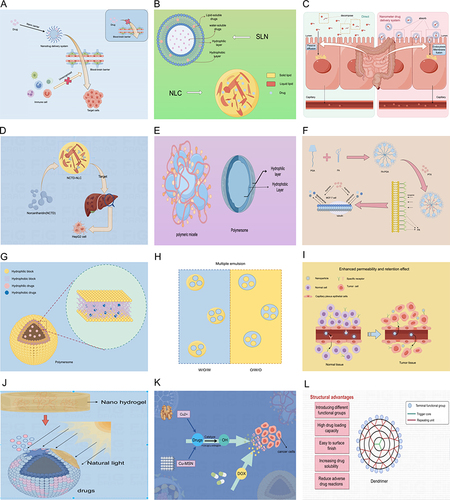
Figure 3 Mechanism of improving the solubility of insoluble drugs through nano drug delivery systems. (A) Transnasal administration using liposome nanodelivery system. (B) The mechanism of receptor mediated transport and adsorption mediated transport breaking through the blood-brain barrier. (C) Surface modification technology to improve drug targeting. (D) Direct and indirect modification methods. (E) Transferrin and Tamoxifen Modified Polymer Dendritic Polymer PAMAM for the Treatment of Brain Glioma. (F) Carrier mediated technology.
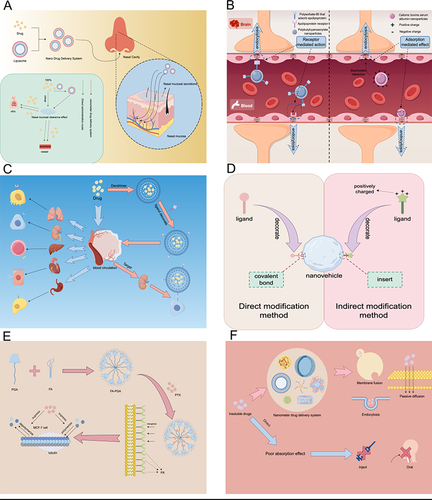
Table 1 Key Differences Between Emulsion and Nanoemulsion
Table 2 Selected Exemplary Cases in This Field

